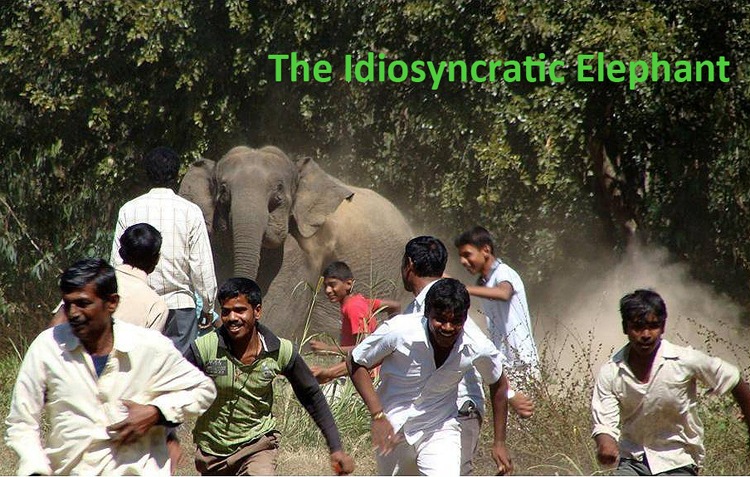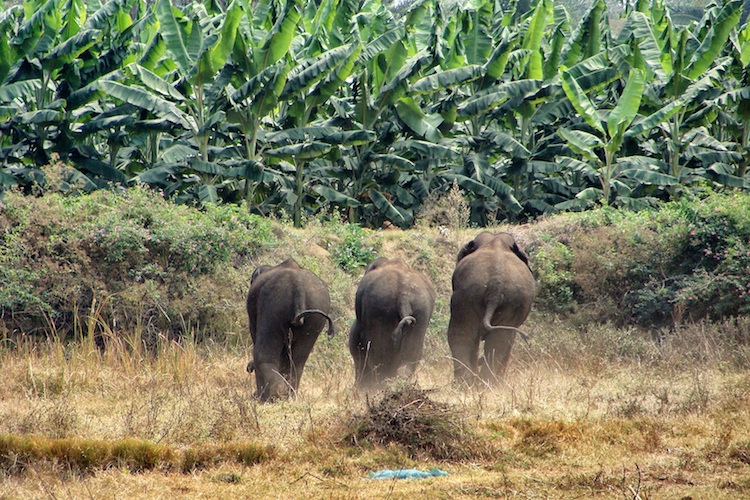The Idiosyncratic Elephant
The world's largest population of the endangered Asian elephant Elephas maximus occurs in one of the world's most densely populated and poorest regions, India. The ever-increasing human population exerts tremendous pressure on the natural resources including the forests in which these giants live. Increasingly, the competition for land and food has driven the two mega-vegetarians into conflict. Human-elephant conflict (HEC) is fast emerging as the greatest threat to the conservation of our 'National Heritage Animal' in the 21st century, far greater than poaching.
Although the elephant is one of the most well known, loved and revered animals in this country, we are still grappling to address many an important issue related to its conservation, including HEC. We lack rigorous scientific studies into the behaviour of these highly social animals, and thus we are unable how to predict how they might engage with their habitat - and with us. Do they always just 'follow the herd' - or do these long-lived, intelligent animals make individual decisions? Knowing the answers to these questions is fundamental to informed management.
Our recent PLoS ONE paper on behavioural decision-making by Asian elephants is possibly the first to unravel the motivational factors that drive this large-ranging highly endangered species. It was based on 665 elephant-hours of direct observations on 60 individually identified elephants in fragmented human-dominated landscapes in southern India. We quantified the variation in elephant behaviours, such as how long they spent in a given spot, how fast they moved, their overall time-activity budget, social interactions and group dynamics. We then noted how these behaviours responded to resource availability and human disturbance in the habitat.In this study, we have clearly shown that gender, age and group-type affect the decisions made by these elephants. But we have also been able to explore individual idiosyncrasies that drive behaviour, independent of the above-mentioned factors. And our analysis indicates that decision-making by these elephants occurs on both a group and individual basis.
Our study complements the findings of a recent study on male African elephants by Chiyo and others. These two related species do share similarities in their decision-making processes. But ours is the first study, for any species of elephant, to show the possible influences of individual idiosyncrasies on behavioural decisions. Incorporating this finding into models of elephant activity could help to predict conflict, especially in fragmented landscapes, and to develop strategies to mitigate HEC. We must target individuals, in addition to populations, in our efforts to manage and conserve this threatened species, particularly in the human-dominated landscapes of both Africa and southern Asia.
-----------------------
The paper, whose details appear below, can be accessed for free by clicking on this PLoS ONE link.
Srinivasaiah NM, Anand VD, Vaidyanathan S, Sinha A (2012) Usual Populations, Unusual Individuals: Insights into the Behavior and Management of Asian Elephants in Fragmented Landscapes. PLoS ONE 7(8): e42571. doi:10.1371/journal.pone.0042571



Comments
Post new comment